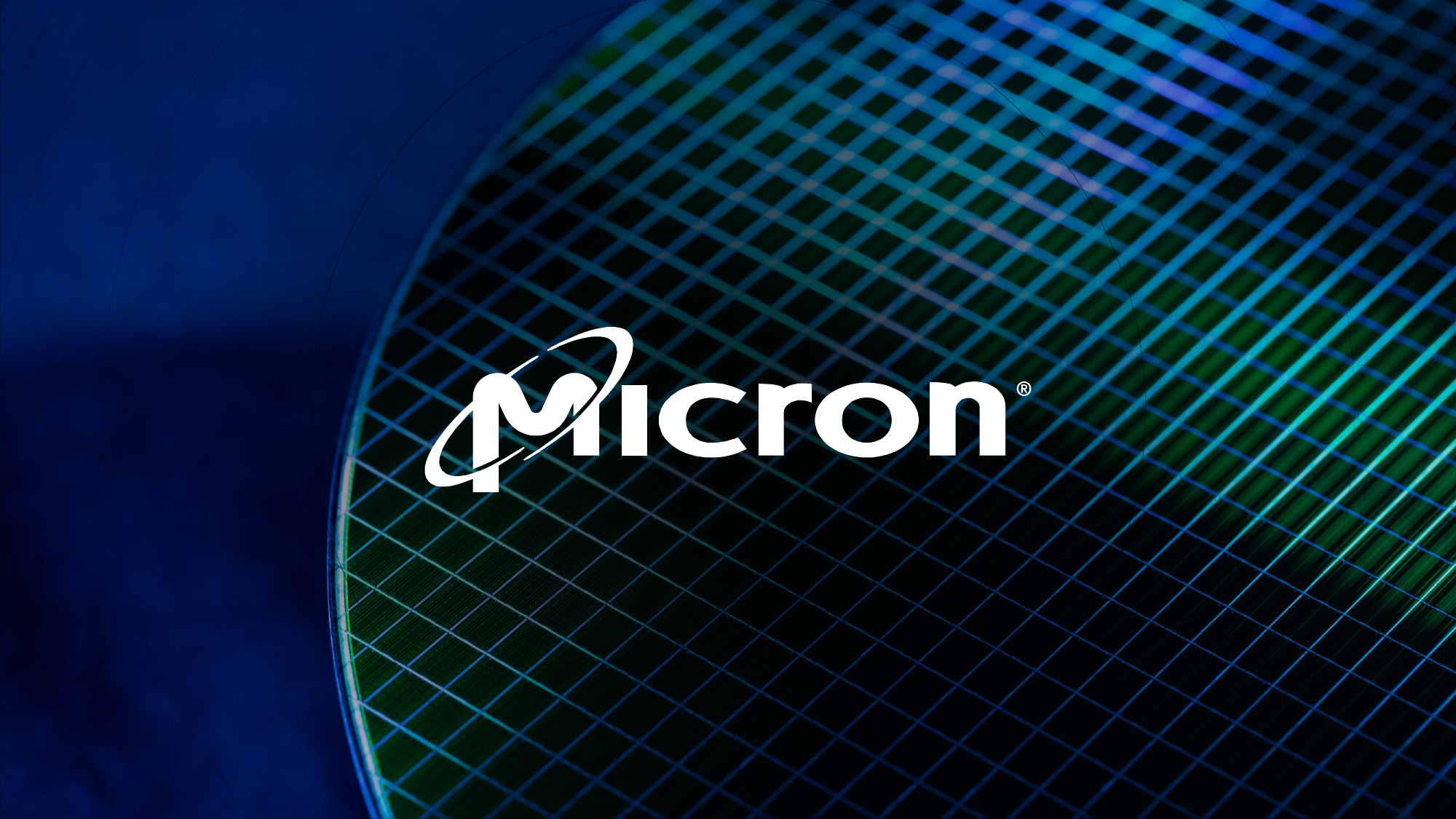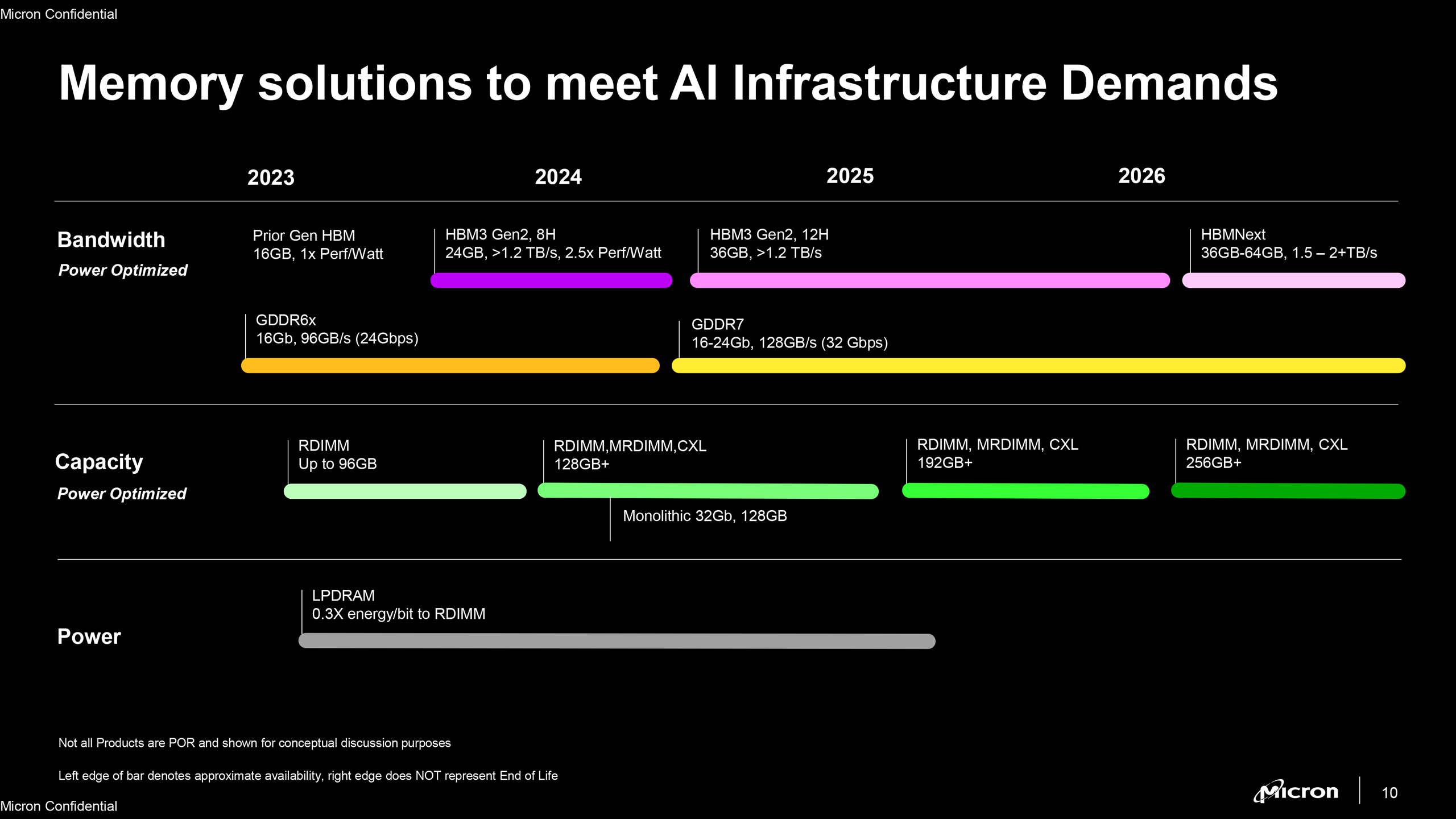
Micron was the first company to introduce 24Gb DDR5 memory devices as well as start shipping actual modules on their base last fall. As it turns out, as part of Micron's HBM3 Gen2 announcement, the company wants to maintain the lead and is prepping to mass produce 32Gb DDR5 ICs as well high-capacity memory modules in the first half of 2024, the company revealed today.
Micron's monolithic 32Gb DDR5 IC will be made on Micron's 1β (1-beta) fabrication technology, which is the company's most advanced production node and also the last fabrication process that does not use extreme ultraviolet lithography. For now, Micron has not disclosed the data transfer rates it expects from its 32Gb devices, though given the fact that these will be Micron's 3rd Generation DDR5 ICs, expect them to be reasonably fast.

One of the things that modern DRAM fabrication technologies allow memory makers to do is to build high-capacity monolithic memory devices. After Micron built its 24Gb memory IC on its 1α (1-alpha) process technology last year, it was logical for the company to proceed with a 32Gb device with its 1β node and this is exactly what it is doing.
32Gb DDR5 DRAM ICs will be particularly useful for datacenter-grade memory modules as they obviously benefit from high-capacity DRAMs. But while 32Gb devices open doors to 1TB DDR5 modules (which use 32 8-Hi 32Gb stacks), Micron is not jumping the gun here and will only offer 128GB DDR5 modules based on these ICs next year. Going forward the company plans 192GB and 256GB DDR5 modules.
Meanwhile, 512GB and 1TB memory sticks are not currently listed in the roadmap, possibly because Micron still considers such memory sticks as niche devices that it might make available for select clients.
Speaking of niche types of memory products: Micron's roadmap published on Wednesday reiterates Micron's plans to mass-produce 16Gb and 24Gb GDDR7 memory chips with a 32 GT/s data transfer rates sometimes in mid-2024 as well as HBMNext memory in 36GB and 64GB stacks offering 1.5TB/s 2+ TB/s bandwidth per module sometime in 2026 or later.







